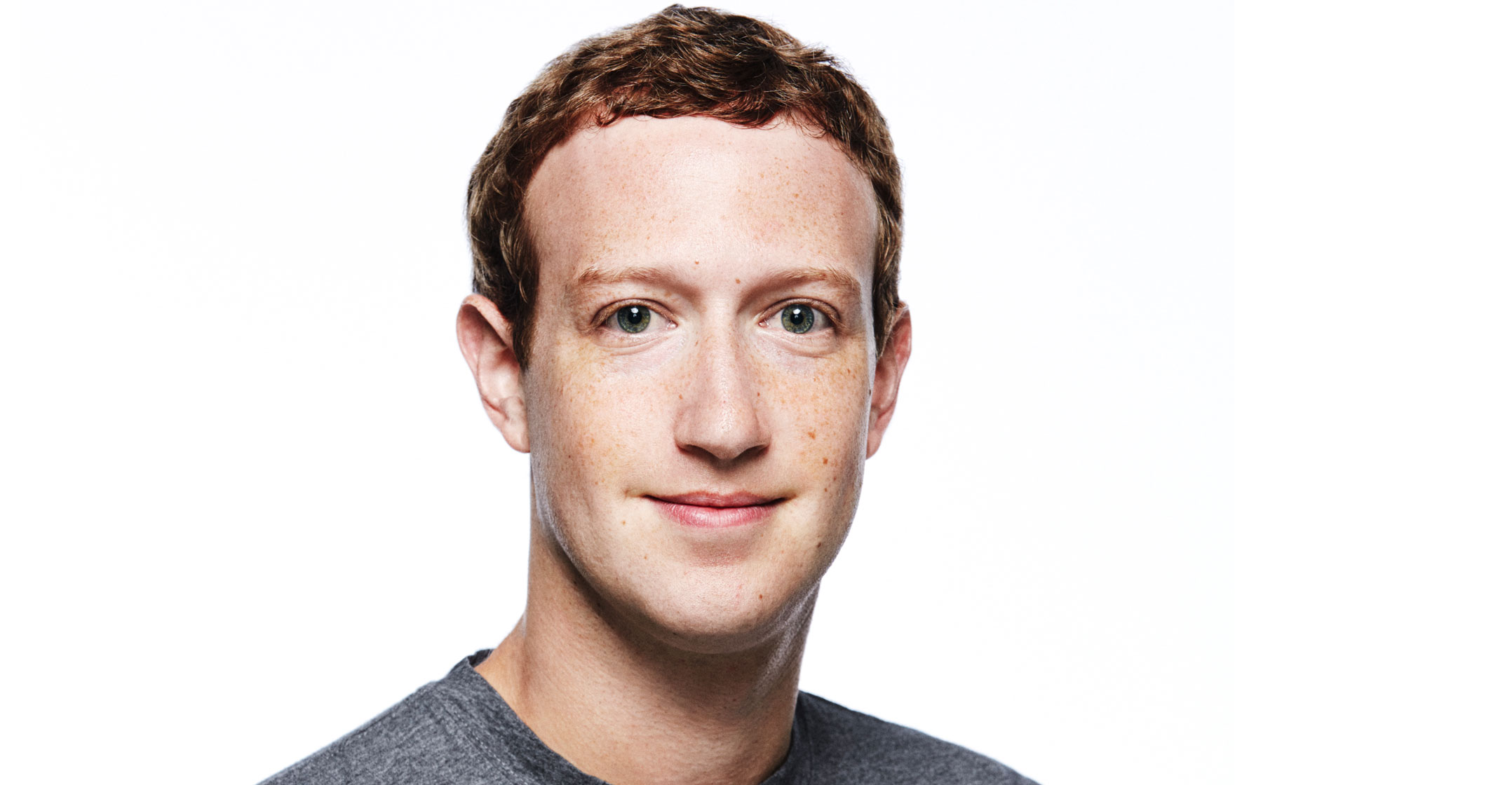
Facebook said some users can now send messages between Messenger and Instagram — the first step toward a full integration of the company’s three separate social media services.
Executives are also considering adding a limited version of Messenger to Facebook’s main app as a way to encourage new users to communicate with other people without downloading a separate app, Messenger vice president Stan Chudnovsky said. Messenger was originally part of Facebook’s flagship app, but was spun out on its own in 2014 despite pushback from users.
CEO Mark Zuckerberg announced the plan to integrate Messenger, Instagram and WhatsApp in early 2019. Facebook has painted the interoperability effort as a benefit to consumers, claiming it will eventually allow them to message a wider group of people from the service of their choice. But it should also benefit Facebook’s business, giving users more reason to interact with the company’s products and making its messaging network more valuable.
Zuckerberg has also said that commerce is a big priority for the company and those efforts will rely on messaging for communication between businesses and buyers. Critics have argued that it will also make Facebook harder to break up should antitrust regulators try and force that.
Facebook executives have warned that the project is a massive technical undertaking and will take years to complete, in part because the plan is to encrypt all messages between the three services so even Facebook can’t read them.
The company is starting with Messenger and Instagram and has been testing the ability to send messages between the two since the middle of the year. It will start rolling out the feature to all users over the coming weeks.
No end-to-end encryption
But this is just a first step, and doesn’t yet include end-to-end encryption. Messenger offers a secure option, called “secret chat”, but that level of encryption isn’t available as part of the update with Instagram, Chudnovsky said. WhatsApp messages are already encrypted, meaning Facebook will likely need to build that functionality into Messenger-Instagram conversations before it can enable communication between all three apps.
“The full timeline is quite a bit out — we are not at the half point yet,” Chudnovsky said in an interview. “It’ll take a while. It’s not like a year from now we are sitting here and all of it is set and done.” If Facebook does decide in the future to build messaging back into the main app, Chudnovsky said, it would be limited to minimise its size and complexity.
“We are thinking about what lightweight messaging inside the blue app might look like,” Chudnovsky said. — Reported by Kurt Wagner, (c) 2020 Bloomberg LP




